Home>Furniture & Design>Interior Design Trends>How To Listen Through Walls Without A Glass
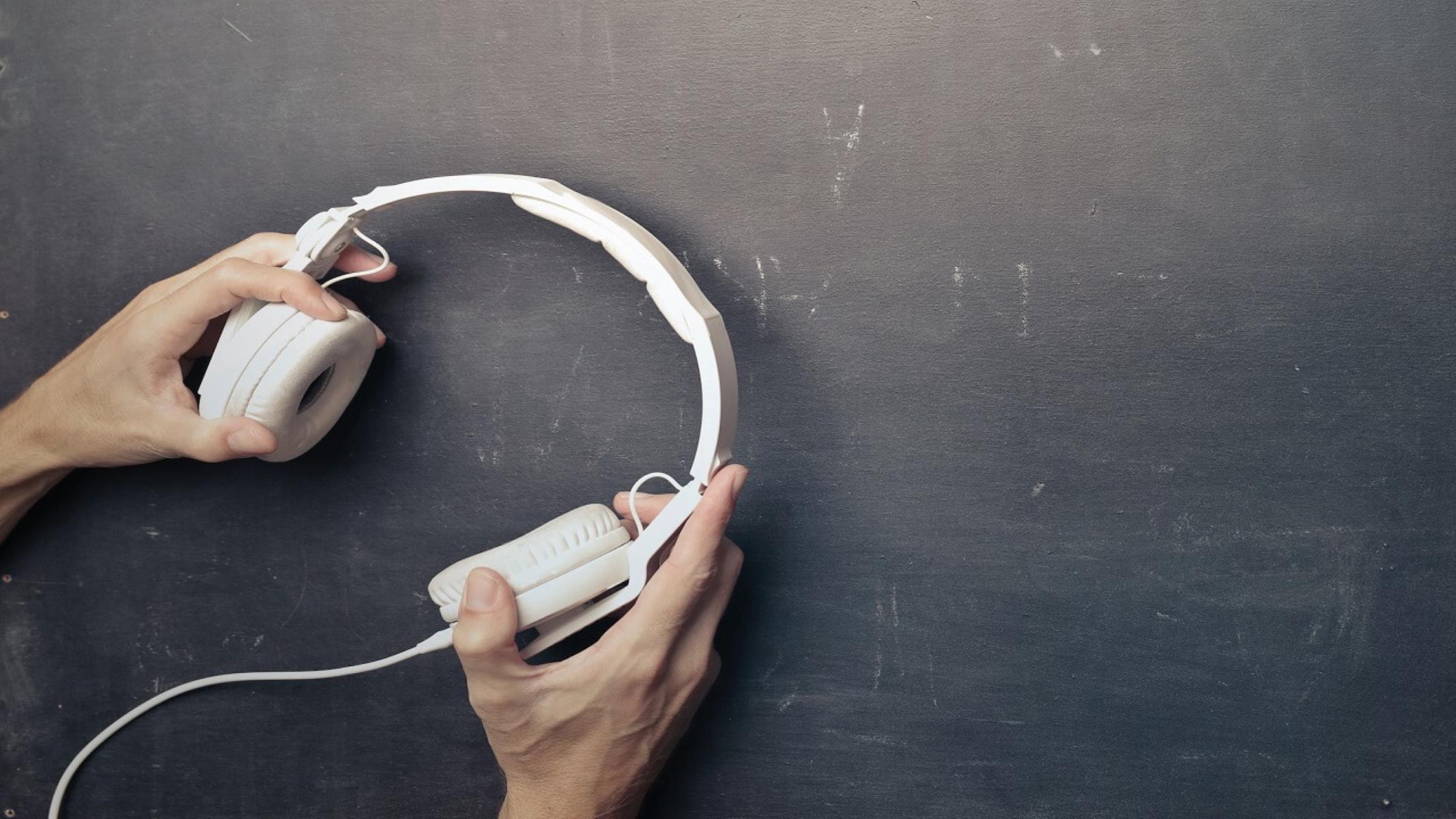

Interior Design Trends
How To Listen Through Walls Without A Glass
Published: February 7, 2024
Discover the latest interior design trends and learn how to listen through walls without a glass. Explore innovative techniques for a modern living space.
(Many of the links in this article redirect to a specific reviewed product. Your purchase of these products through affiliate links helps to generate commission for Storables.com, at no extra cost. Learn more)
Introduction
Have you ever wondered what secrets lie beyond the walls of a room? The muffled conversations, the faint whispers, the subtle sounds that seem to be veiled by solid barriers. It's a curious thought that has intrigued many, and perhaps you find yourself drawn to the idea of uncovering the mysteries concealed within the confines of a space. While the notion of listening through walls may evoke images of clandestine activities, it can also be a practical skill in certain scenarios.
The ability to listen through walls, without the aid of a glass or any physical contact, is a fascinating concept that has piqued the interest of many individuals. Whether you're a homeowner seeking to detect structural issues within your property, a curious individual interested in the science of sound transmission, or a professional in the field of security and surveillance, understanding the techniques and considerations involved in this practice can be both enlightening and valuable.
In this comprehensive guide, we will delve into the intricacies of listening through walls without the use of a glass. From understanding the principles of sound transmission to identifying the tools and equipment needed, we will explore the various aspects of this intriguing skill. Additionally, we will discuss the importance of finding the right location, mastering effective listening techniques, and adhering to precautions and legal considerations.
By the end of this guide, you will have gained a deeper understanding of the science behind sound transmission and acquired practical insights into the art of listening through walls. Whether you approach this subject out of sheer curiosity or with a specific purpose in mind, the knowledge and techniques presented here will empower you to explore the realm of hidden sounds and uncover the secrets that dwell beyond the barriers of everyday spaces.
Key Takeaways:
- You can listen through walls using special tools to capture hidden sounds and vibrations, but it’s important to respect privacy and follow the rules.
- Understanding how sound travels through different materials helps you find the best spot to listen through walls, while being mindful of safety and legal considerations.
Understanding Sound Transmission
Sound transmission, the process by which sound travels through various materials, is a fundamental concept that underpins the practice of listening through walls. To comprehend this phenomenon, it is essential to grasp the principles of how sound waves propagate and interact with different surfaces.
Sound transmission occurs through a series of intricate mechanisms, beginning with the generation of sound waves. When a sound is produced within an enclosed space, such as a room or building, the waves propagate through the air and encounter surfaces such as walls, ceilings, and floors. These surfaces can either absorb, reflect, or transmit the sound waves, influencing their behavior and impact on the surrounding environment.
The ability of a material to transmit sound is determined by its acoustic properties, including density, thickness, and composition. For instance, solid materials such as concrete and brick are known for their high mass and density, which enables them to impede the transmission of sound waves. In contrast, lighter and less dense materials, such as drywall or wood, may allow sound to pass through more readily.
Understanding the concept of sound transmission loss is crucial in the context of listening through walls. Sound transmission loss refers to the reduction in sound intensity as it passes through a barrier, such as a wall or partition. This reduction is influenced by the mass, density, and construction of the barrier, as well as the frequency of the sound waves. Low-frequency sounds, for example, may penetrate certain materials more effectively than high-frequency sounds due to their longer wavelengths.
Moreover, the presence of air cavities within walls and partitions can affect sound transmission, as these spaces can resonate and amplify certain frequencies. Understanding the acoustic properties of different building materials and structures is therefore essential in assessing their suitability for sound insulation and containment.
In the realm of interior design and architecture, the understanding of sound transmission is integral to creating acoustically optimized spaces. By strategically employing sound-absorbing materials, sound barriers, and acoustic treatments, designers can enhance the auditory comfort and privacy of various environments.
In the context of listening through walls, a nuanced understanding of sound transmission enables individuals to identify potential pathways through which sound may travel. By recognizing the acoustic characteristics of different materials and structures, one can gain insights into the behavior of sound waves and the factors that influence their propagation.
In the next section, we will explore the tools and equipment essential for engaging in the practice of listening through walls, shedding light on the technological aids that facilitate this intriguing endeavor.
Tools and Equipment Needed
When venturing into the realm of listening through walls, the utilization of specialized tools and equipment is essential to facilitate the process and enhance the clarity of captured sounds. These instruments serve as the conduits through which the subtle vibrations and acoustic signals are transformed into perceptible auditory information. Here are the key tools and equipment needed to embark on this intriguing endeavor:
-
Contact Microphones: Contact microphones, also known as contact mics or piezo microphones, are pivotal in capturing the vibrations present on the surface of a wall or structure. Unlike traditional microphones that rely on capturing airborne sound waves, contact microphones are designed to directly detect the mechanical vibrations of solid materials. By adhering to the surface of interest, these microphones can pick up faint sounds and vibrations that may be imperceptible to the human ear.
-
Amplifiers and Preamps: Amplifiers and preamplifiers play a crucial role in boosting the signals captured by contact microphones, thereby amplifying the subtle vibrations into audible sounds. These devices enhance the sensitivity and clarity of the captured signals, allowing for a more detailed and discernible listening experience.
-
Listening Devices: Listening devices, such as headphones or speakers, are indispensable for translating the amplified signals into audible sound. High-quality headphones or speakers with a wide frequency response and clear audio reproduction are essential for accurately conveying the nuances of the captured vibrations.
-
Adhesive Putty or Mounting Tape: To securely affix the contact microphones to the surface of interest, adhesive putty or mounting tape is utilized. This ensures that the microphones maintain direct contact with the surface, enabling them to effectively capture the vibrations and acoustic signals propagating through the material.
-
Recording Equipment: In certain scenarios, recording equipment such as digital recorders or audio interfaces may be employed to capture and document the sounds picked up by the contact microphones. This allows for the preservation and analysis of the captured audio, providing a valuable record of the detected sounds.
-
Inspection Tools: In cases where the objective is to detect structural issues or anomalies within walls, inspection tools such as borescopes or thermal imaging cameras may be utilized to complement the listening process. These tools can provide visual insights into the internal conditions of walls and structures, aiding in the identification of potential sources of sound transmission.
By leveraging these tools and equipment, individuals can embark on the captivating journey of listening through walls, gaining access to the concealed sounds and vibrations that permeate the built environment. The synergy of advanced technology and acoustic principles empowers enthusiasts and professionals alike to explore the hidden realm of sound transmission, unraveling the mysteries that lie beyond the barriers of everyday spaces.
Finding the Right Location
Identifying the optimal location for listening through walls is a pivotal aspect of this intriguing practice. The choice of location significantly influences the clarity and relevance of the sounds captured, making it essential to carefully select the site for conducting acoustic investigations. Whether the objective is to detect structural anomalies, monitor environmental sounds, or explore the acoustic characteristics of a space, the following considerations can guide the process of finding the right location for listening through walls.
Acoustic Environment
The acoustic environment in which the listening activity takes place plays a crucial role in shaping the quality and nature of the captured sounds. Factors such as ambient noise levels, reverberation, and background disturbances can impact the clarity of the detected signals. Therefore, selecting a location with minimal ambient noise and acoustic interference is essential for optimizing the listening experience. Quiet environments, free from extraneous sounds and reverberation, provide an ideal setting for discerning subtle vibrations and acoustic signals propagating through walls and structures.
Read more: How To Drill Through Glass
Targeted Structures
The specific structures and surfaces targeted for acoustic investigation also dictate the choice of location. Whether it is a partition wall, a structural element, or an enclosure, the proximity and accessibility of the target surface are critical considerations. Additionally, understanding the construction materials and acoustic properties of the targeted structures is essential in assessing their suitability for sound transmission and detection. By identifying the areas of interest within a given space, individuals can strategically position themselves and the listening equipment to maximize the effectiveness of the acoustic exploration.
Privacy and Legal Considerations
Respecting privacy and adhering to legal considerations is paramount when selecting a location for listening through walls. It is crucial to ensure that the chosen site aligns with ethical and legal standards, avoiding any infringement upon the privacy of individuals or unauthorized surveillance. Furthermore, obtaining consent and permissions, especially in shared or public spaces, is essential to conduct acoustic investigations in a responsible and lawful manner. By prioritizing ethical conduct and legal compliance, individuals can engage in the practice of listening through walls with integrity and respect for privacy rights.
Structural Integrity and Safety
Considering the structural integrity and safety of the chosen location is imperative, particularly when the objective involves detecting potential issues within walls or structures. Ensuring that the selected site is stable, secure, and free from hazards is essential to safeguard the well-being of individuals engaging in acoustic investigations. By prioritizing safety and structural stability, individuals can conduct listening activities with confidence and peace of mind, mitigating risks associated with unstable or compromised environments.
In essence, finding the right location for listening through walls entails a thoughtful assessment of the acoustic environment, targeted structures, privacy considerations, and safety factors. By conscientiously evaluating these aspects, individuals can identify optimal sites for engaging in acoustic exploration, unlocking the hidden sounds and vibrations that permeate the built environment.
Listening Techniques
Listening through walls involves a blend of technical proficiency, acute sensory perception, and strategic positioning to effectively capture and interpret the subtle vibrations and acoustic signals propagating through solid structures. Mastering the art of listening through walls requires a nuanced understanding of sound transmission, coupled with refined listening techniques that enable individuals to discern and interpret the concealed sounds with precision and clarity.
Read more: How To Photograph Through Glass
Strategic Sensor Placement
Strategic sensor placement is a fundamental aspect of effective listening through walls. By positioning contact microphones at strategic points along the surface of interest, individuals can optimize the capture of vibrations and acoustic signals. Identifying areas of potential sound transmission, such as junctions, corners, and structural elements, can guide the placement of contact microphones to maximize the detection of subtle sounds. Additionally, experimenting with different sensor placements and orientations can provide valuable insights into the pathways through which sound travels within the structure, enhancing the comprehensiveness of the acoustic investigation.
Signal Amplification and Analysis
Amplifying and analyzing the captured signals is a critical step in the listening process. Leveraging amplifiers and preamplifiers to boost the signals detected by contact microphones enhances the clarity and perceptibility of the captured vibrations. This amplification process enables individuals to discern faint sounds and subtle nuances that may be imperceptible without the aid of specialized equipment. Furthermore, analyzing the amplified signals in real-time or through recorded playback allows for the identification of distinct patterns, frequencies, and temporal variations, providing valuable insights into the nature and origin of the detected sounds.
Active Listening and Interpretation
Engaging in active listening and interpretation is essential for extracting meaningful information from the captured signals. By attentively monitoring the amplified sounds and vibrations, individuals can discern patterns, rhythms, and tonal variations that may convey valuable auditory cues. Active listening involves focusing on the nuances and subtleties of the captured signals, allowing for the identification of potential sources, movements, or activities that contribute to the propagated sounds. This attentive approach to interpretation enables individuals to extract relevant information and insights from the acoustic data, contributing to a comprehensive understanding of the concealed sounds within the structure.
Iterative Exploration and Adjustment
Iterative exploration and adjustment are integral to refining the listening process and optimizing the detection of concealed sounds. Through iterative experimentation with sensor placement, amplification settings, and listening techniques, individuals can adapt and refine their approach based on the observed results. This iterative process allows for the refinement of listening strategies, the identification of optimal sensor placements, and the fine-tuning of amplification parameters to enhance the effectiveness of acoustic investigations. Additionally, adjusting the listening setup based on the observed acoustic characteristics of the structure contributes to a dynamic and adaptive approach to capturing and interpreting concealed sounds.
In essence, mastering the art of listening through walls entails a combination of strategic sensor placement, signal amplification and analysis, active listening and interpretation, and iterative exploration and adjustment. By honing these listening techniques, individuals can unlock the hidden realm of sounds that permeate solid structures, gaining valuable insights and auditory perspectives that transcend the barriers of conventional perception.
Read more: How To Vent Through A Brick Wall
Precautions and Legal Considerations
Engaging in the practice of listening through walls necessitates a conscientious approach to ethical conduct, privacy considerations, and adherence to legal regulations. As individuals delve into the realm of acoustic exploration and sound detection, it is imperative to prioritize precautions and legal considerations to ensure responsible and lawful engagement in this intriguing endeavor.
Respect for Privacy Rights
Respecting the privacy rights of individuals and entities is paramount when conducting acoustic investigations that involve listening through walls. It is essential to recognize and uphold the privacy expectations of occupants, neighbors, and individuals within the vicinity of the listening activities. Avoiding the intentional capture of private conversations, confidential information, or intimate sounds is crucial in maintaining ethical standards and respecting the rights of others. By exercising discretion and sensitivity to privacy concerns, individuals can engage in acoustic exploration without infringing upon the personal and confidential domains of others.
Consent and Permissions
Obtaining consent and permissions, particularly in shared or public spaces, is a fundamental aspect of ethical engagement in listening through walls. When conducting acoustic investigations within premises or environments where others may be present, seeking explicit consent from property owners, occupants, or relevant authorities is essential. This proactive approach to obtaining permissions fosters transparency, accountability, and mutual respect, ensuring that acoustic exploration is conducted with the appropriate authorization and adherence to legal requirements. By seeking consent and permissions, individuals demonstrate a commitment to ethical conduct and responsible engagement in the practice of listening through walls.
Legal Compliance
Adhering to legal regulations and statutes governing acoustic surveillance, privacy rights, and unauthorized monitoring is imperative when engaging in listening through walls. Familiarizing oneself with relevant laws, regulations, and guidelines pertaining to acoustic investigations and surveillance activities is essential to ensure compliance with legal frameworks. This includes understanding the boundaries of permissible acoustic monitoring, the limitations on capturing private communications, and the obligations to uphold privacy protections. By aligning with legal requirements and standards, individuals can engage in acoustic exploration within the bounds of lawful conduct, mitigating the risk of legal implications or ethical dilemmas.
Read more: How To Drill Through Crystal Glass
Ethical Conduct
Maintaining ethical conduct throughout the process of listening through walls is foundational to fostering trust, integrity, and responsible engagement in acoustic investigations. Upholding principles of integrity, honesty, and respect for privacy rights contributes to the ethical framework within which acoustic exploration is conducted. This entails refraining from engaging in activities that compromise the privacy, security, or confidentiality of individuals, and exercising discretion in the capture and interpretation of acoustic signals. By upholding ethical standards, individuals can navigate the practice of listening through walls with a commitment to ethical conduct and responsible stewardship of auditory information.
In essence, prioritizing precautions and legal considerations is essential to ensure that the practice of listening through walls is conducted with integrity, respect for privacy rights, and adherence to legal requirements. By embracing these considerations, individuals can engage in acoustic exploration with a conscientious and lawful approach, fostering a culture of ethical conduct and responsible engagement in the captivating realm of sound detection within built environments.
Conclusion
In conclusion, the art of listening through walls, without the aid of a glass, encompasses a captivating blend of scientific principles, technological innovation, and ethical considerations. The exploration of sound transmission, the strategic utilization of specialized tools and equipment, the selection of optimal listening locations, the mastery of listening techniques, and the adherence to precautions and legal considerations collectively define the multifaceted landscape of this intriguing practice.
The journey of listening through walls unveils the hidden realm of sounds and vibrations that permeate the built environment, offering a unique perspective on the acoustic characteristics of structures and the potential for uncovering valuable auditory insights. Whether driven by curiosity, professional objectives, or the pursuit of acoustic knowledge, individuals embarking on this endeavor are poised to delve into a world where subtle vibrations and concealed sounds converge, transcending the boundaries of conventional auditory perception.
The convergence of advanced technology, acoustic expertise, and ethical mindfulness underscores the holistic approach to engaging in acoustic exploration, emphasizing the importance of responsible conduct, privacy considerations, and legal compliance. By embracing these foundational principles, individuals can navigate the practice of listening through walls with integrity, respect for privacy rights, and a commitment to ethical stewardship of auditory information.
As the realms of interior design, architecture, security, and acoustic engineering continue to evolve, the insights gleaned from listening through walls hold relevance in diverse contexts, from optimizing spatial acoustics to detecting structural anomalies and monitoring environmental sounds. The fusion of scientific inquiry, technological innovation, and ethical mindfulness underscores the dynamic and multifaceted nature of this practice, positioning it as a compelling avenue for exploring the hidden auditory dimensions of the built environment.
Ultimately, the practice of listening through walls invites individuals to embark on a journey of sensory exploration, where the boundaries of perception are transcended, and the concealed sounds within solid structures are unveiled. By embracing the principles of responsible engagement, ethical conduct, and a spirit of curiosity, individuals can embark on this captivating endeavor with a deep appreciation for the intricate tapestry of sounds that reverberate through the walls of our constructed spaces.
Frequently Asked Questions about How To Listen Through Walls Without A Glass
Was this page helpful?
At Storables.com, we guarantee accurate and reliable information. Our content, validated by Expert Board Contributors, is crafted following stringent Editorial Policies. We're committed to providing you with well-researched, expert-backed insights for all your informational needs.
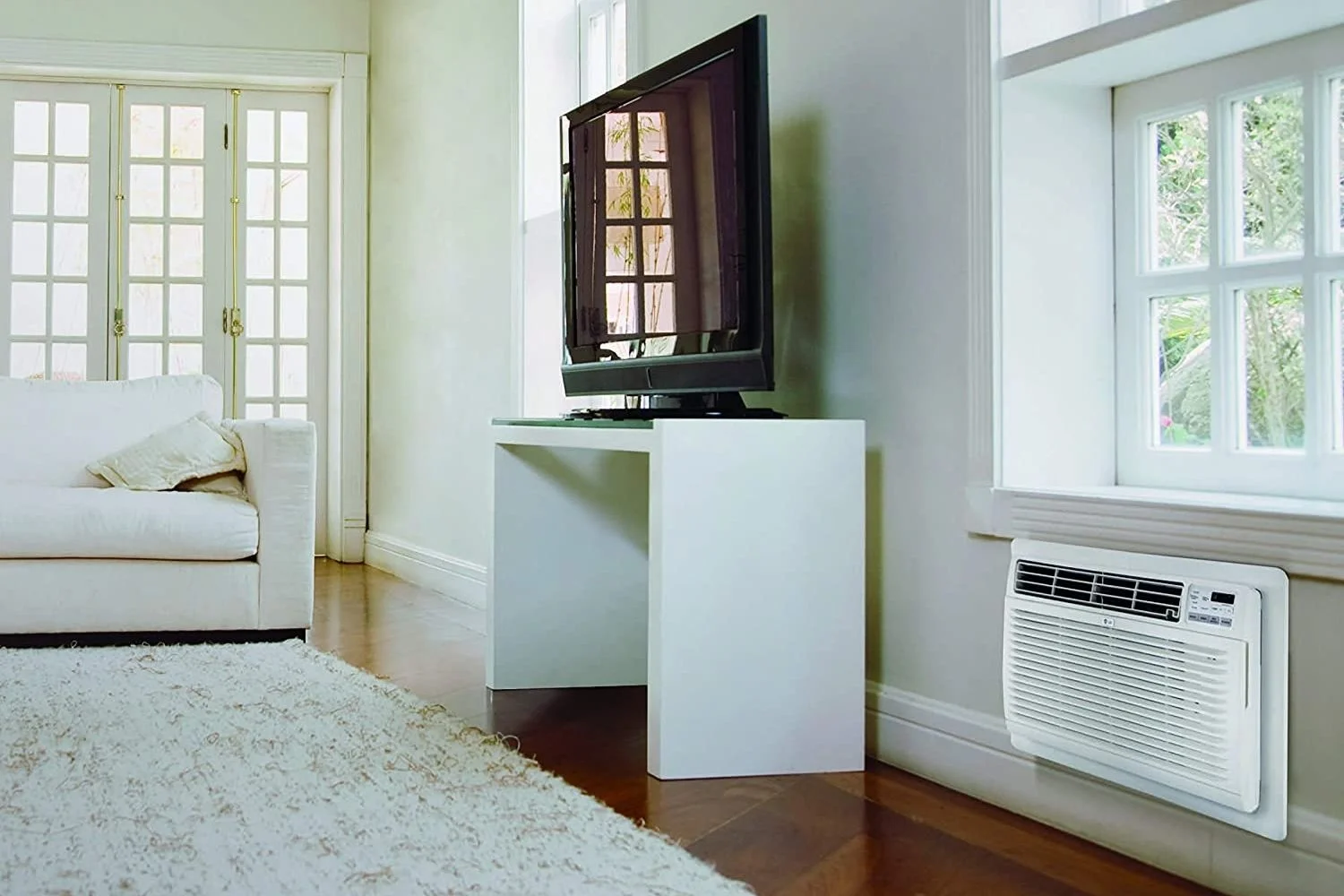
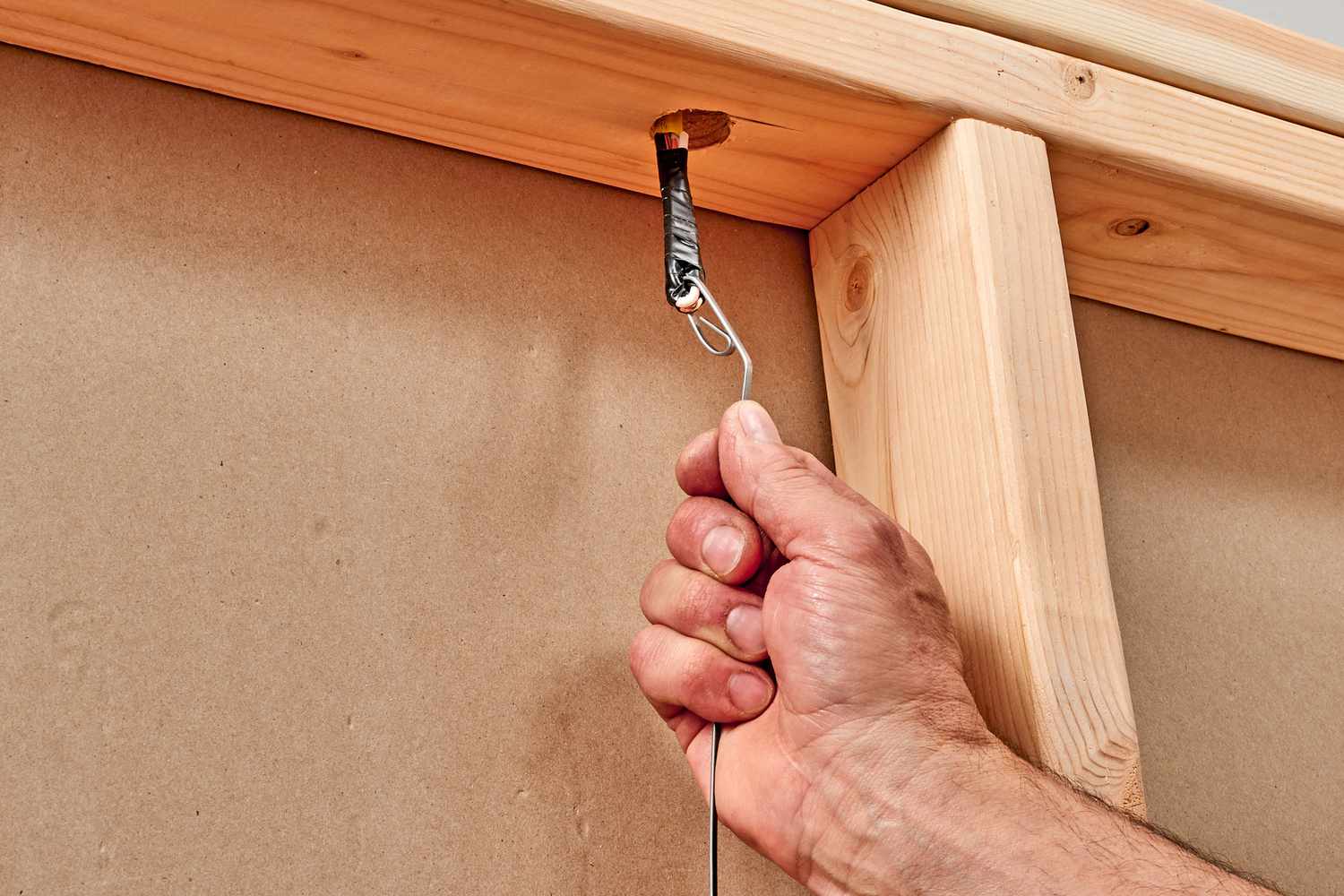
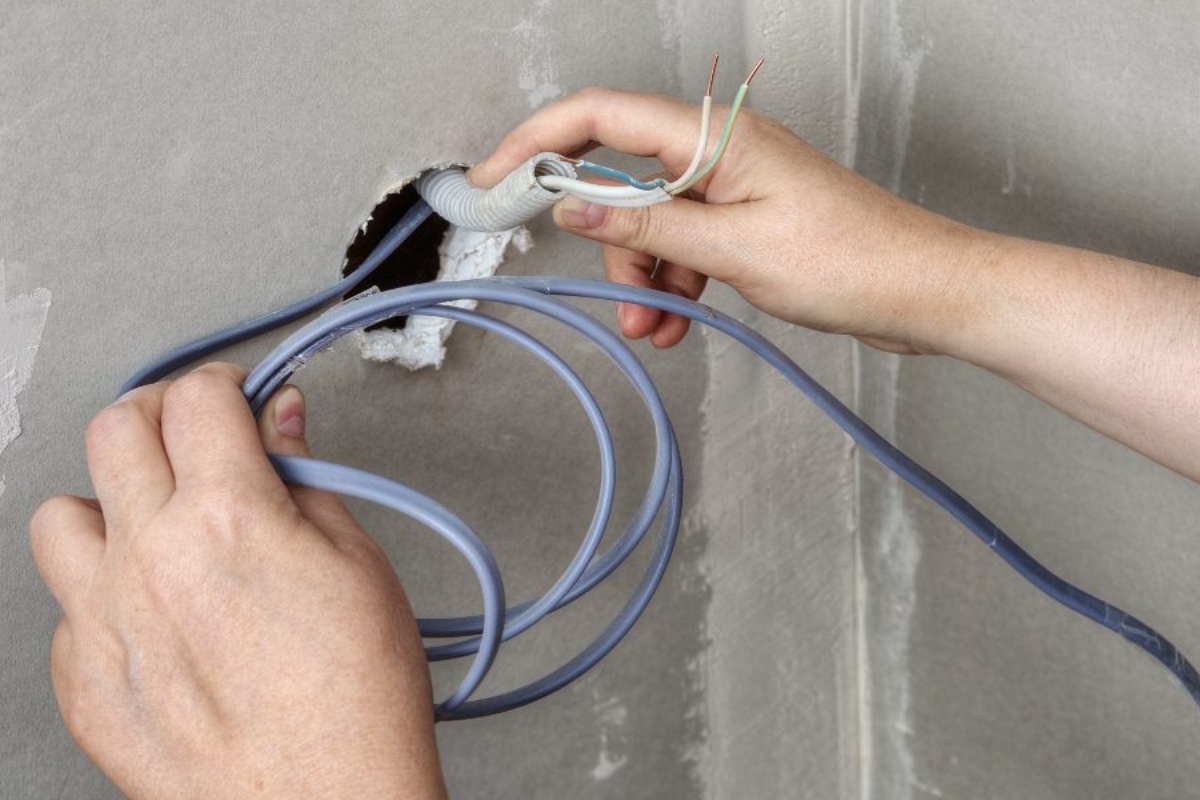
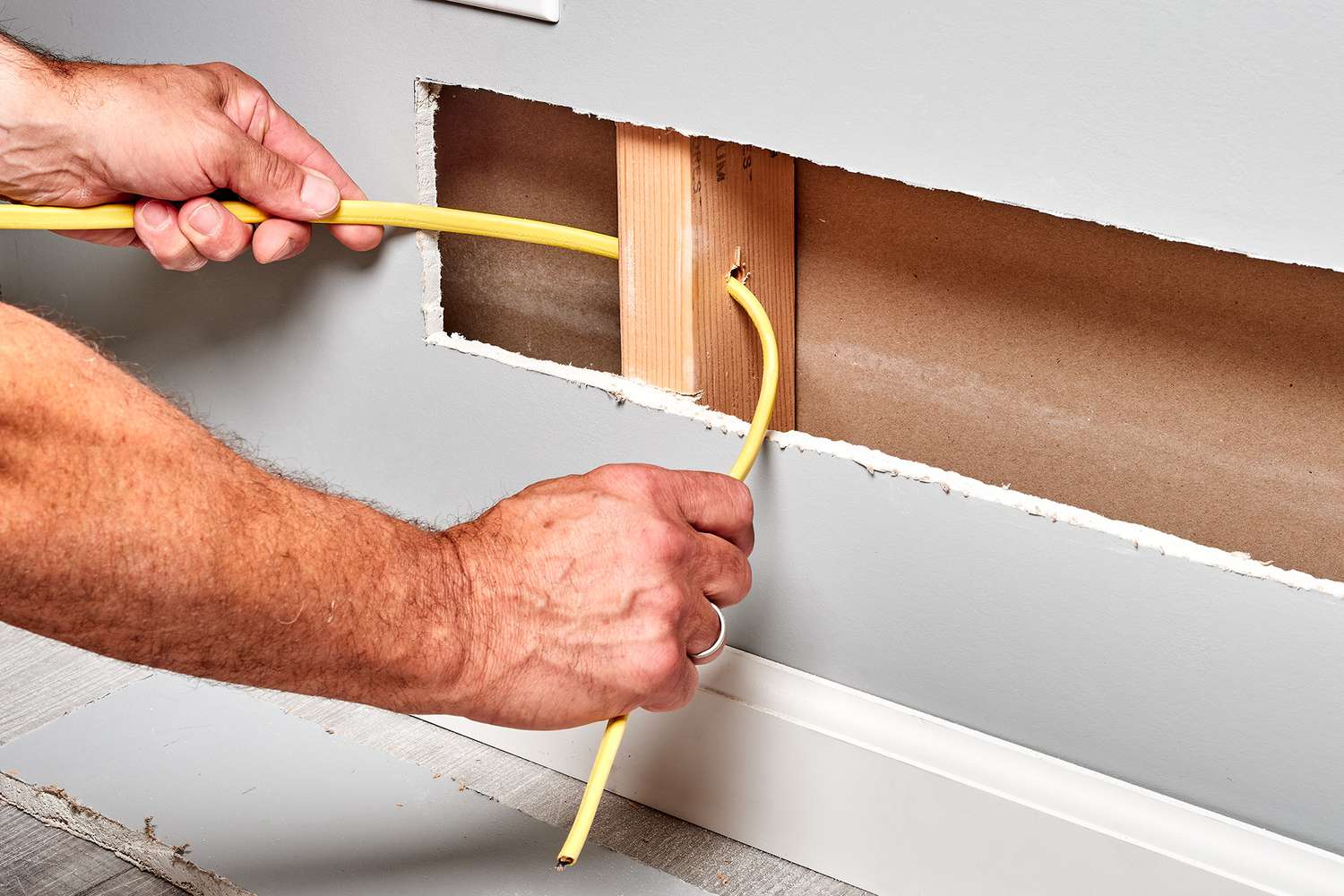
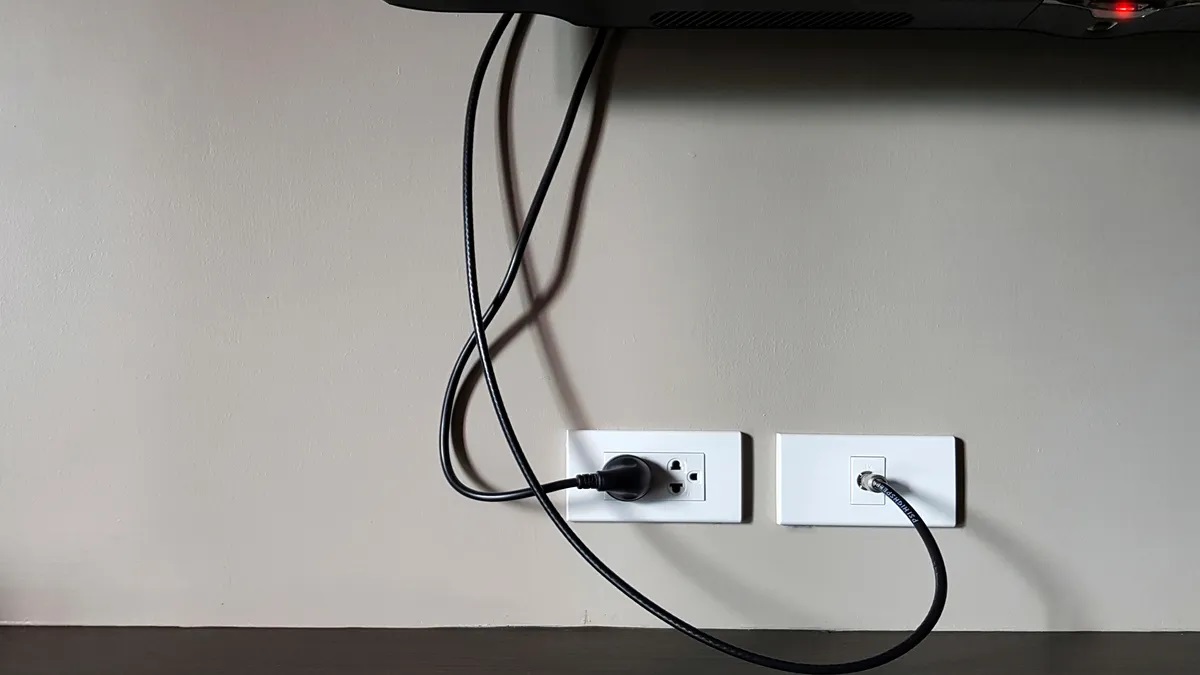

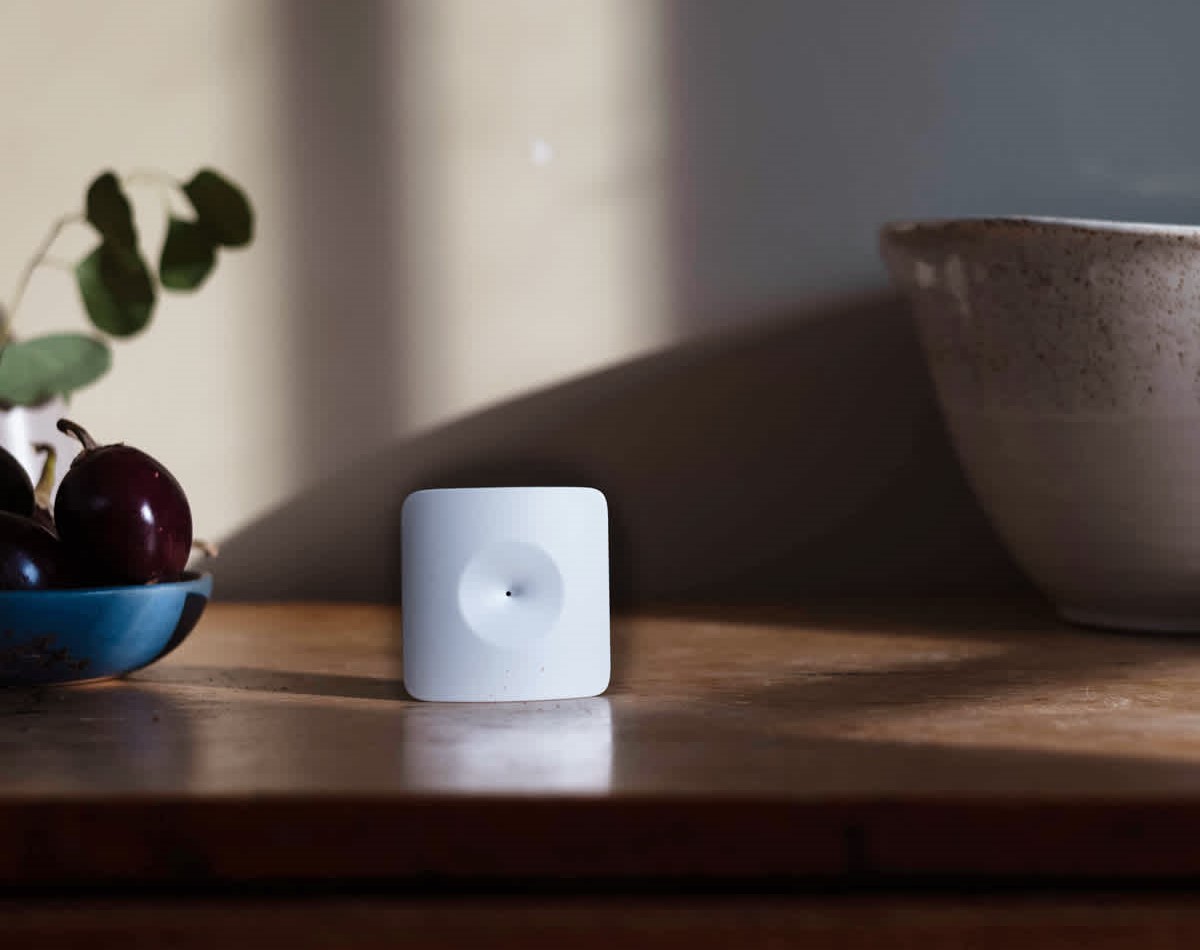
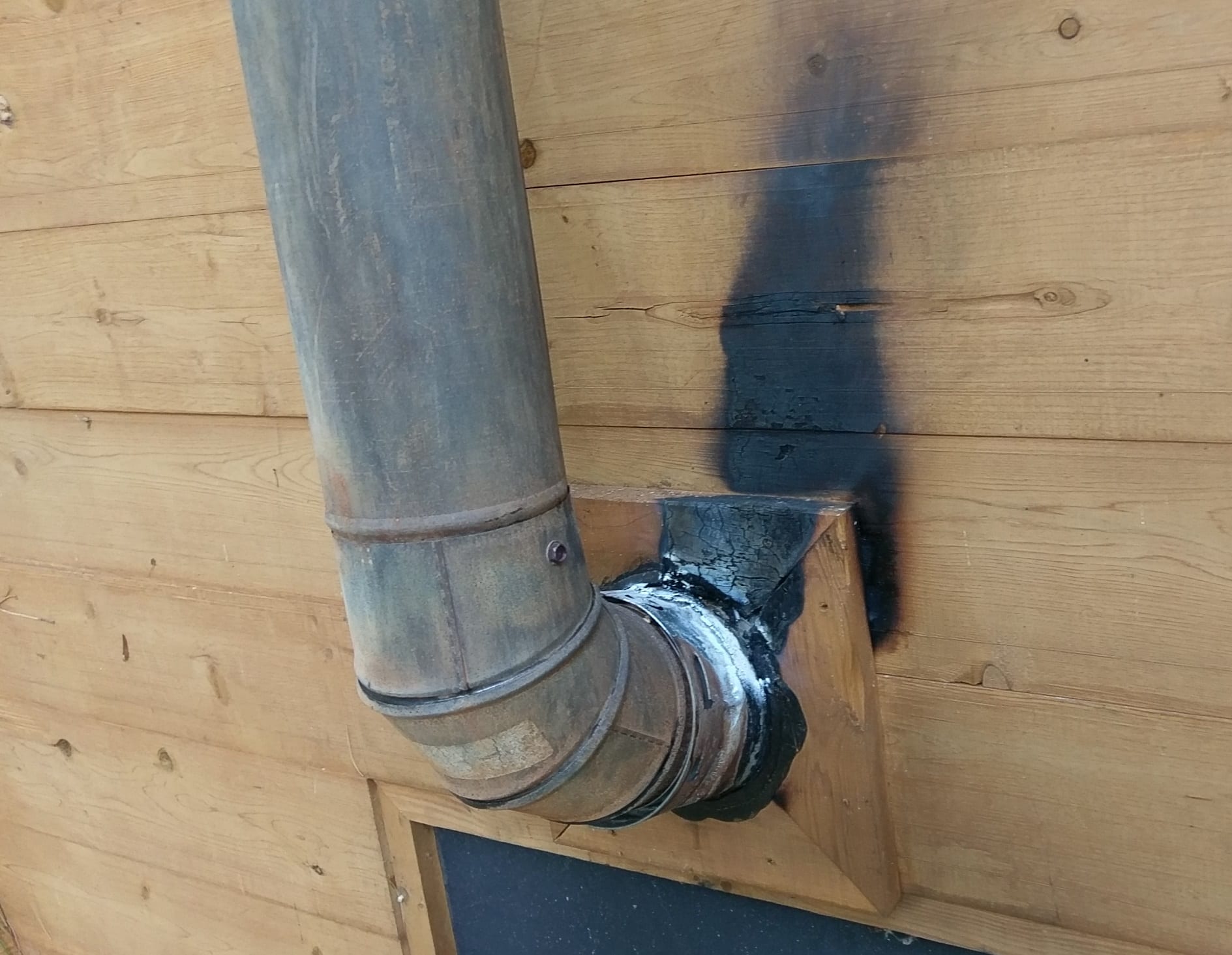
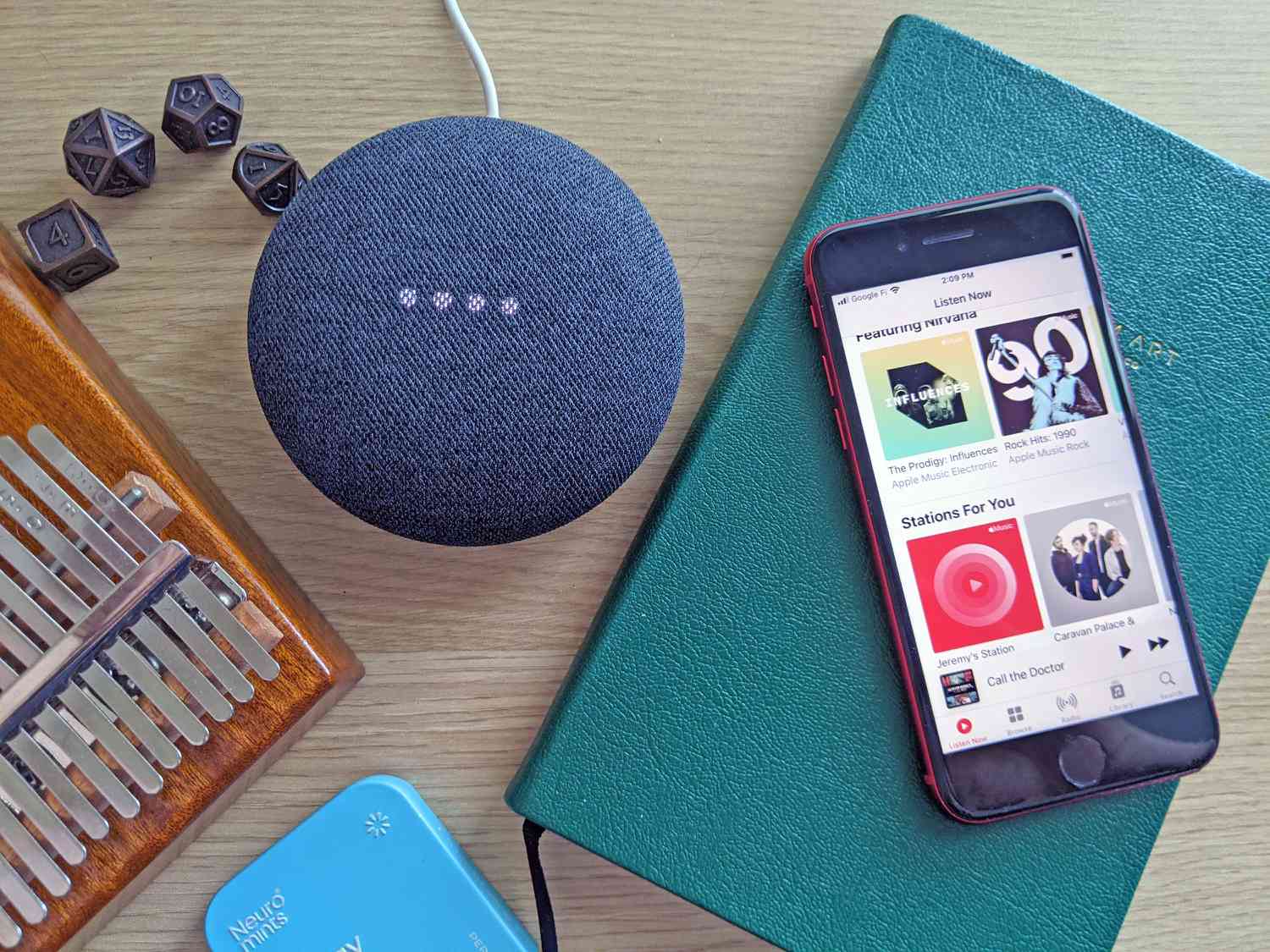
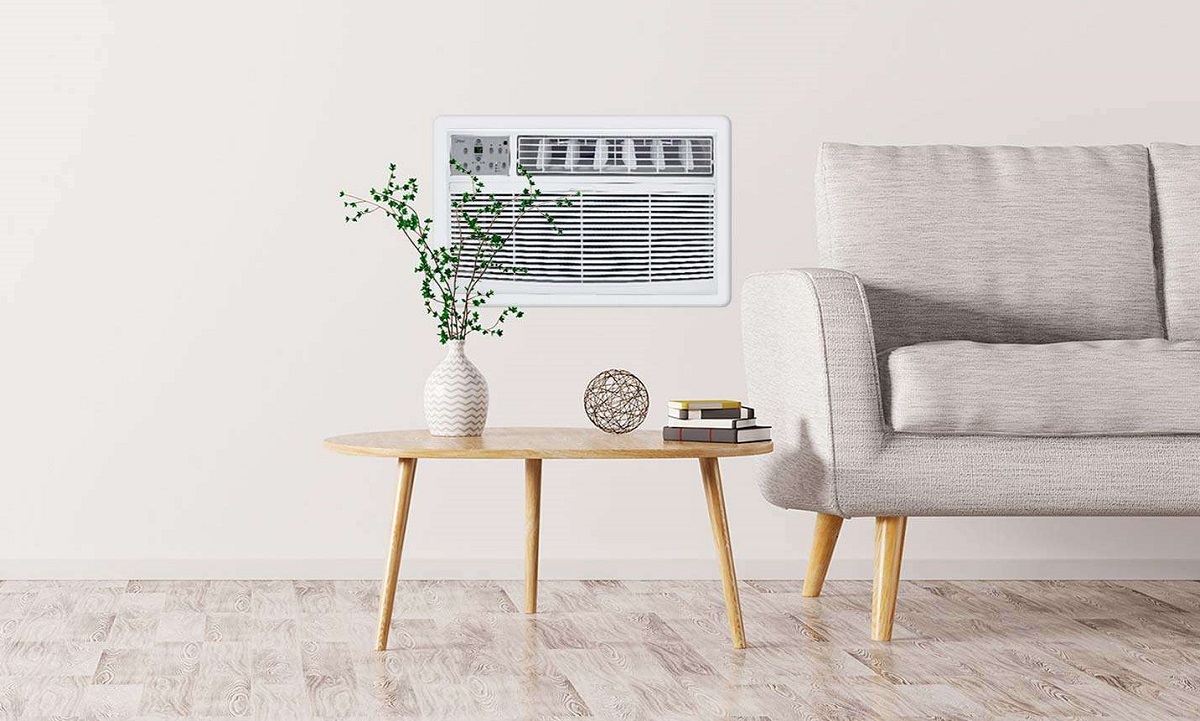


0 thoughts on “How To Listen Through Walls Without A Glass”